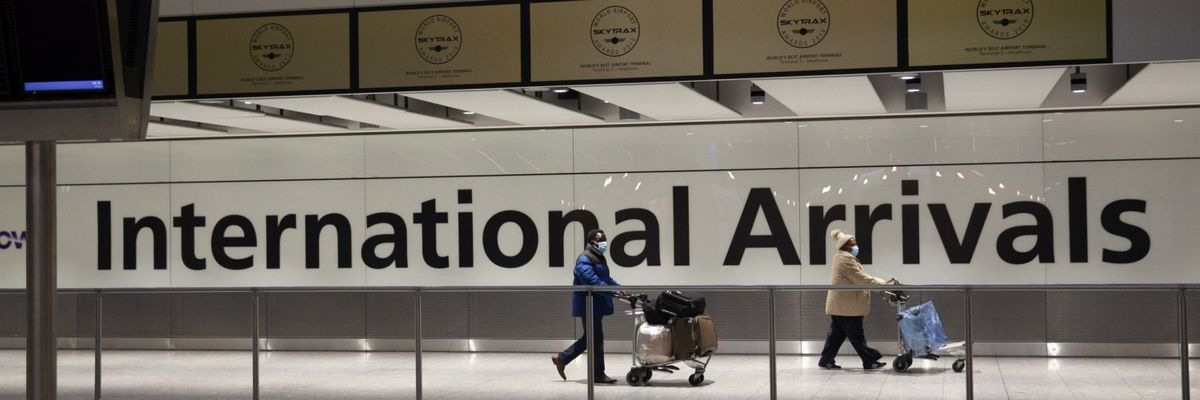Students Can Finally Rejoice As PM Kishida Announces Possible Entry In March
On Thursday, PM Fumio Kishida announced that Japan would allow the entry of foreign nationals in the country for other reasons than tourism, for example, business and international students beginning in March as part of the plan to end the 6th wave.

“We are gradually walking toward the exit of the sixth wave,” Kishida declared at a press conference. “We have to begin getting ready for the next phase slowly.”
The decision follows increasing demands from business leaders and even government members to relax entry restrictions and concern about prohibiting entry’s reputational and economic cost.
Kishida also stated that he plans to reduce quarantine for all new arrivals by three days. Visitors from certain countries where the epidemic is under control could be allowed without quarantine altogether. The daily cap on the number of people who can come into Japan will be increased from 3,500 to 5,000 however, and it will be the most restrictive entry requirement that is in place for countries in the Group of Seven developed countries.
“It is only the first step. I’ll keep thinking about how we can reduce measures” in regards to the border, added Kishida.
The decision is logical from a medical standpoint also, according to experts. As almost whole of Japan has seen cases of Omicron, medical experts believe that there’s no point in keeping the borders closed now since it was imposed strictly to stop Omicron from entering the country.
In the last week, members of the ruling Kishida’s Liberal Democratic Party and its minor co-coalition partner Komeito have been calling on the government to remove the restrictions on entry. Sources estimate that around 150,000 students are left in limbo and are waiting to enter the country.
“Foreign students who can’t come to Japan are choosing other countries, which is damaging Japan’s international reputation,” said Tomohiro Yamoto, chairman of the education policy committee of the LDP, during a party gathering on Monday. “There are instances in which Japanese foreign students are rejected due to this. This affects our national interests. ”
The results of polls show that the public is getting ready to liberalization borders.
In December, an NHK survey revealed that a majority of eight-in-ten respondents favored Japan’s ban on entry from foreign nationals. However, in an NHK poll that was released on Monday, 57% of respondents were in favor of maintaining the entry ban, while 32% believed that it should be relaxed.
However, with the omicron variant being widely spread in Japan the country, it does not make sense anymore to Japan to shut down its borders so long as ports and airports can check the vaccination status of any new visitors and check the new arrivals for COVID-19.
In Japan, the most recent wave caused by the Omicron variant has demonstrated signs of beginning to receding, with daily new cases of COVID-19 decreasing during the last week in several vital centres. But, quasi-emergencies set due to end on the weekend in 21 regions are scheduled to extend until March 6 for 16, including Osaka.
Wakayama Prefecture, which is where the emergency was scheduled to expire in February. 27 it will also be extended to March 6. The restrictions are expected to be lifted for the following five prefectures: Yamagata, Shimane, Yamaguchi, Oita, and Okinawa.
“We believe that the number of infections peaked out nationwide in early February,” said Takaji Wakita, who heads the panel of experts from the Health Ministry on coronavirus on Wednesday.
The expert panel cautioned that the health care system in many regions of Japan would remain stressed due to the large number of patients suffering from mild and moderate symptoms. The rate of occupancy in hospital rooms for patients with viral infections will continue to increase as more people age and are diagnosed with severe symptoms, it declared.
Source: JapanTimes
Also read about How Japan Handled COVID And Got A Huge Drop In Infections
